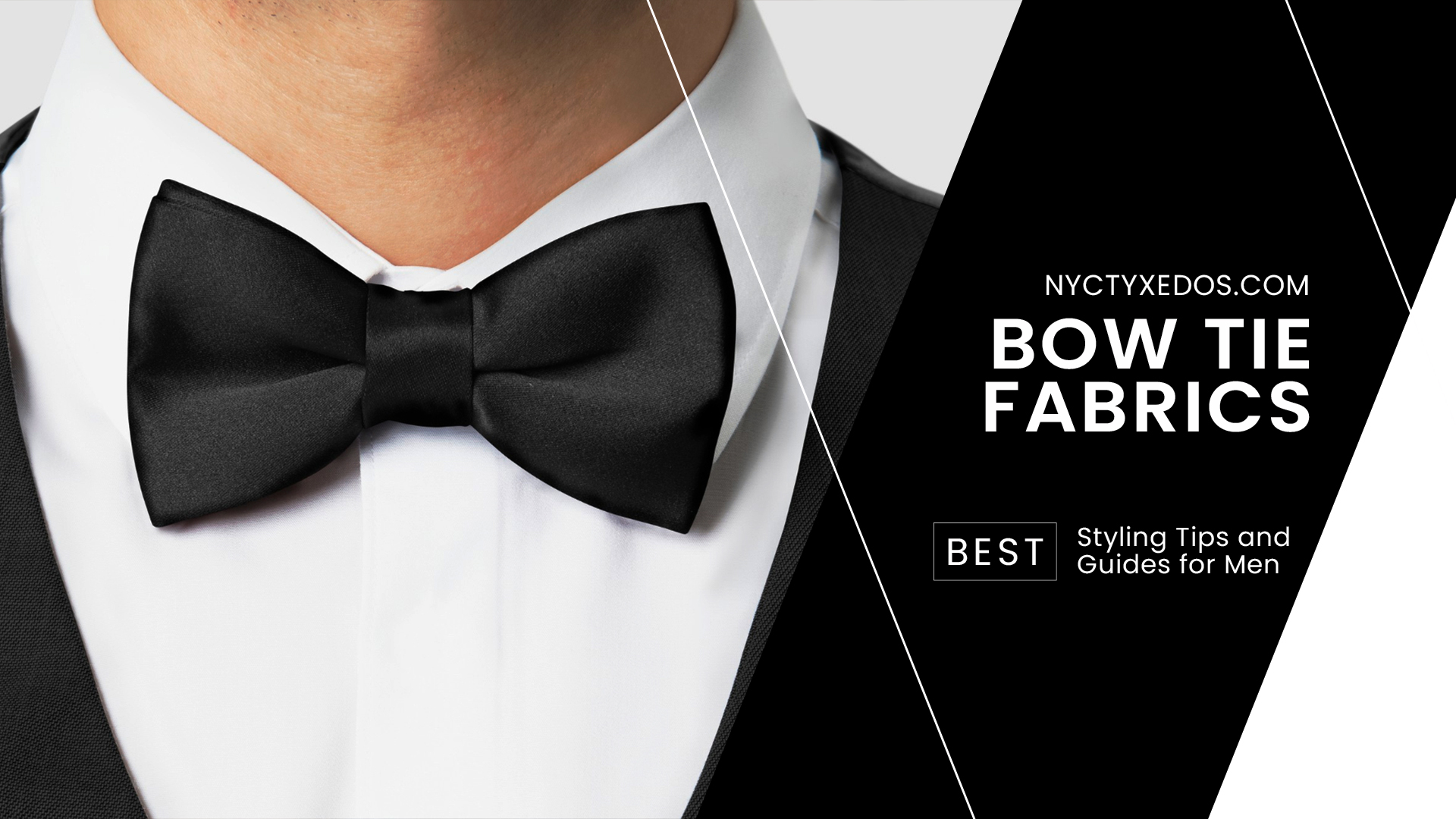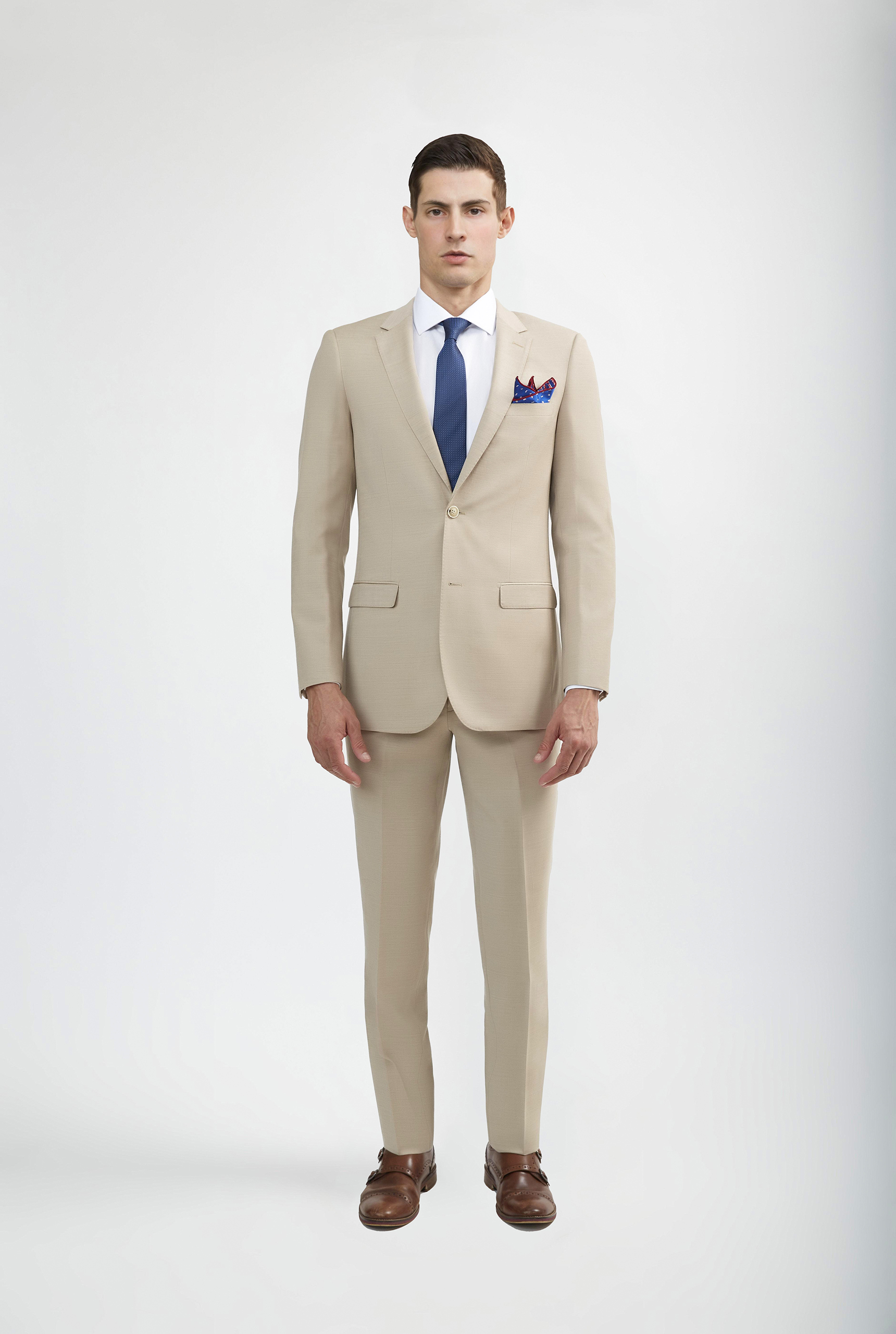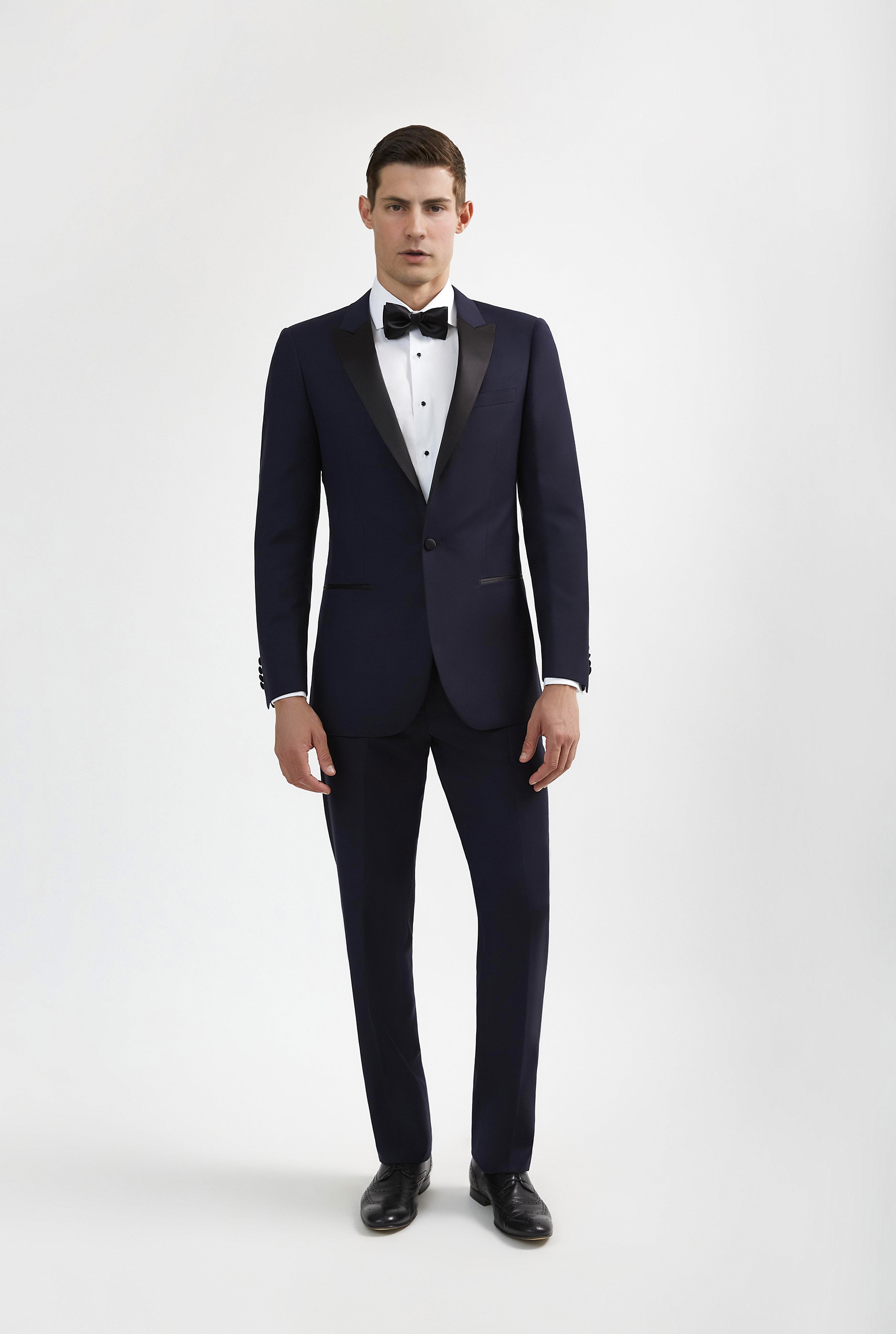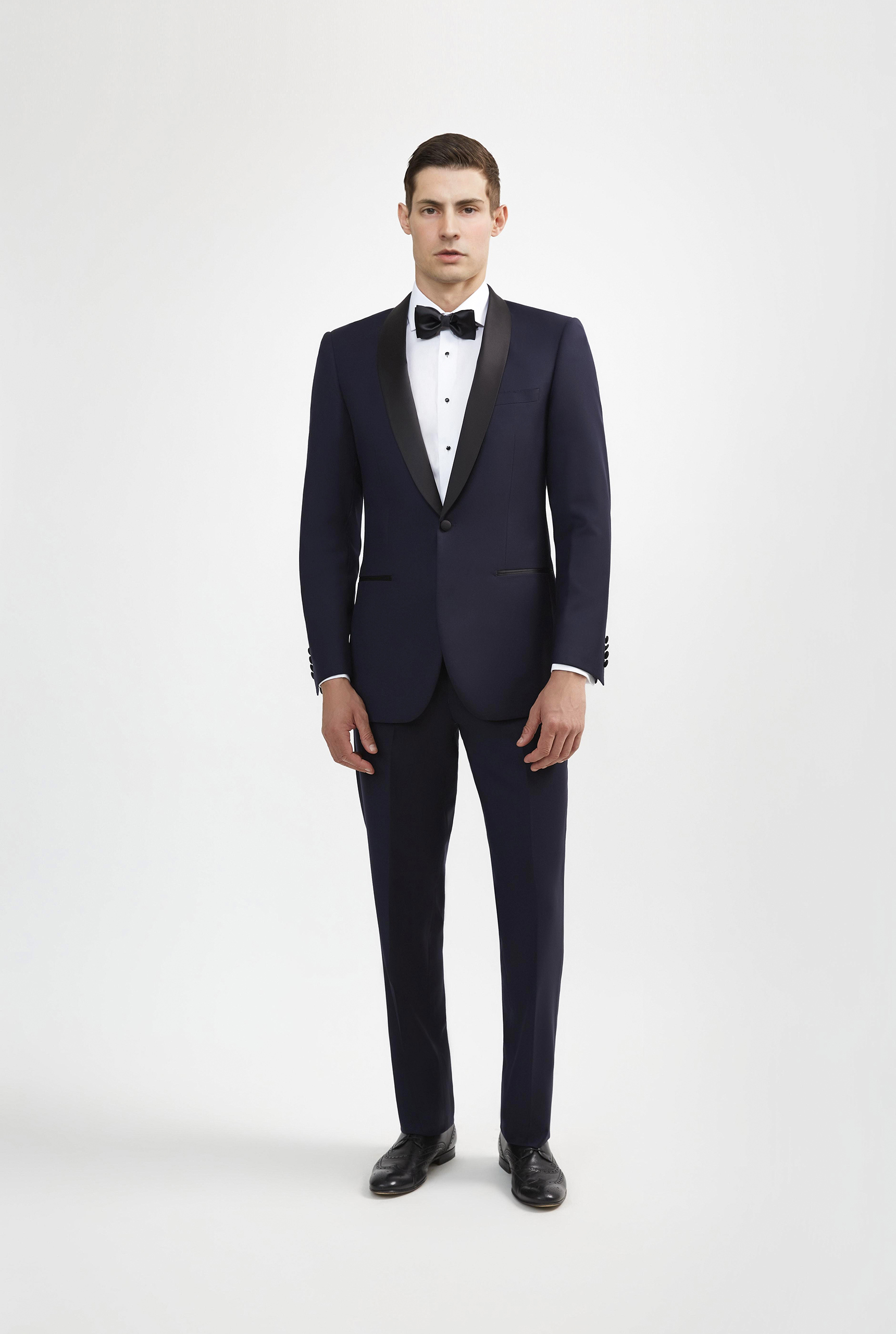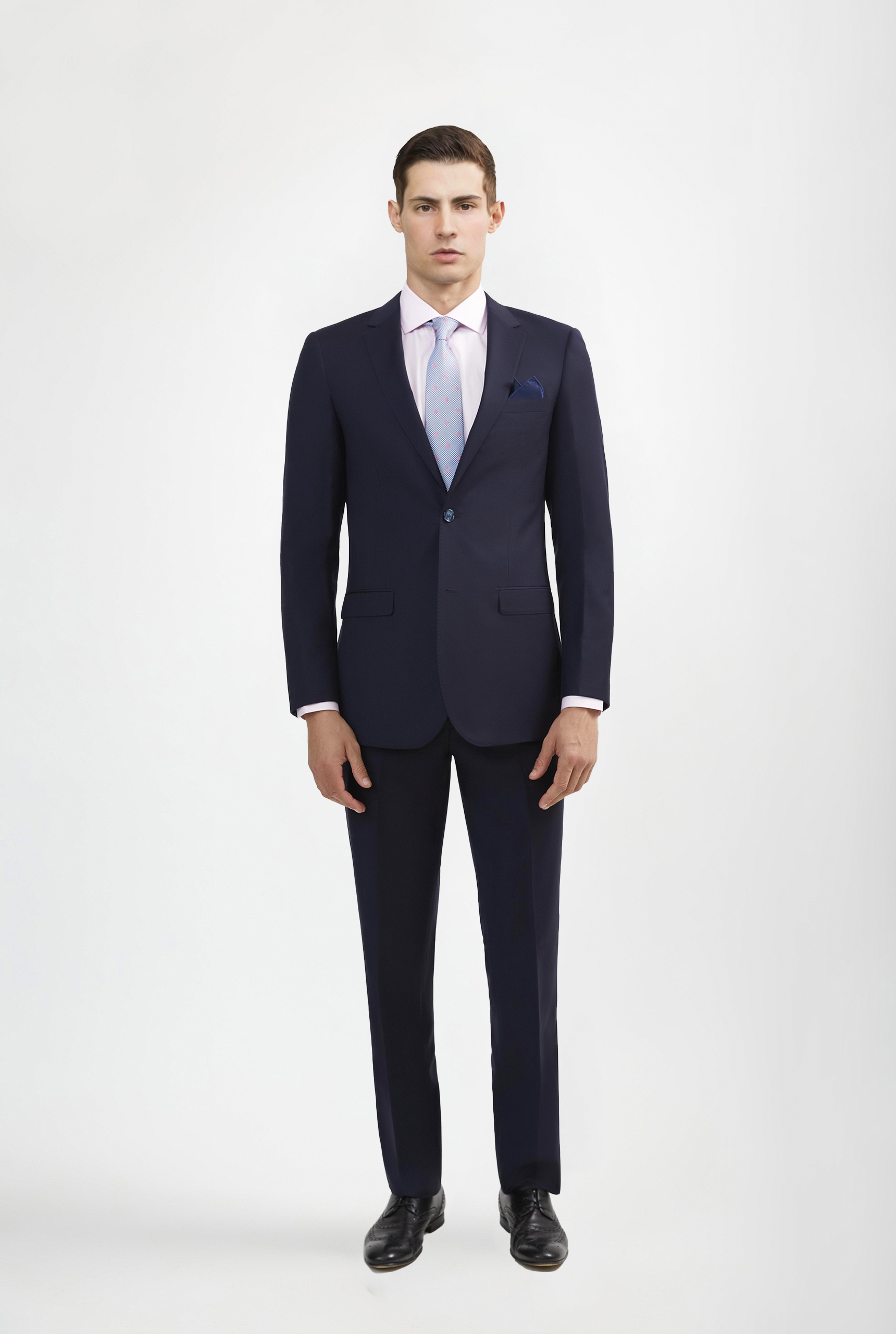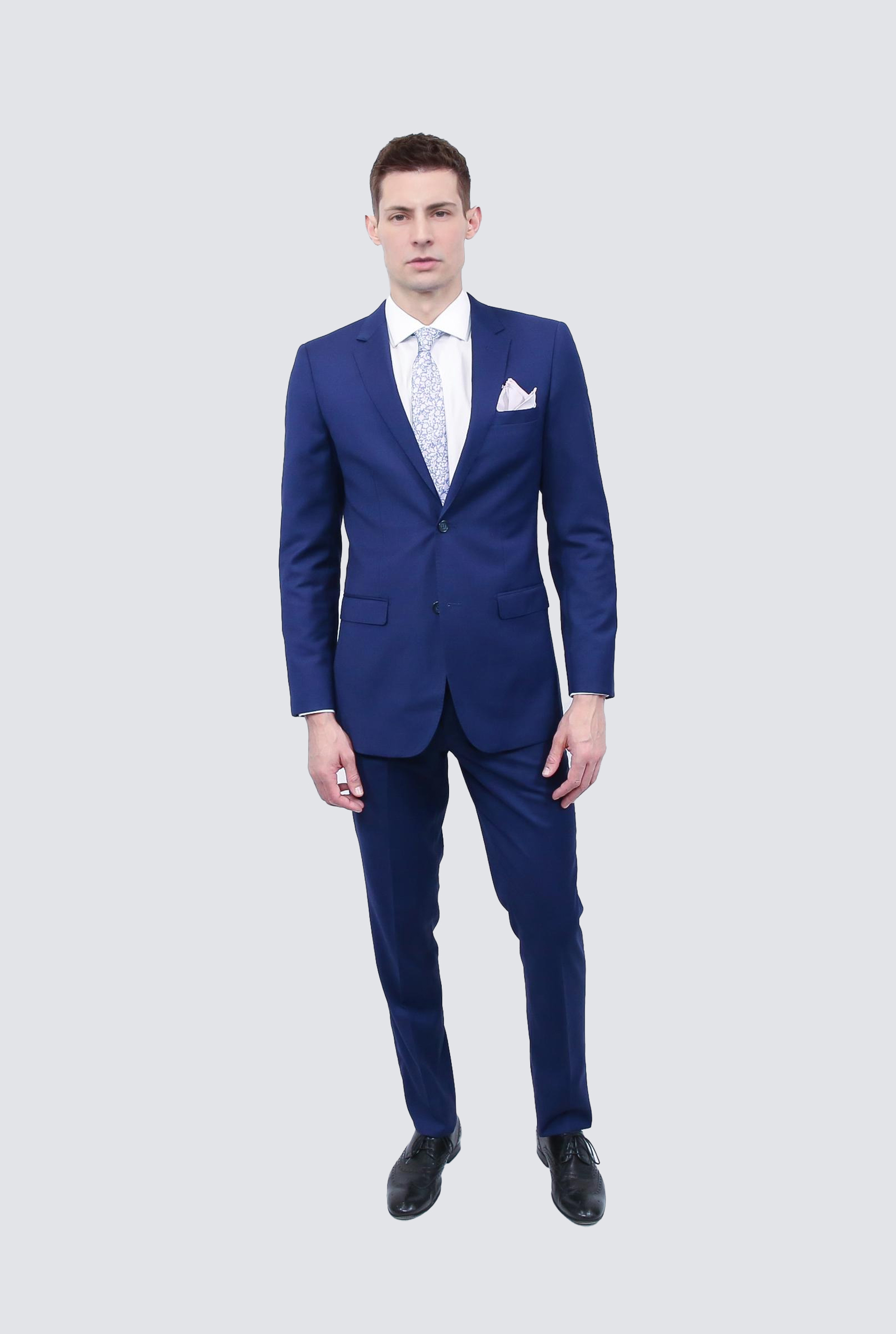There is a bow tie for every situation, telling a story and expressing details with shapes, sizes, colors, and fabrics.
Among all these, the fabric is the easiest match. Even though there are a lot of fabric options, the choice never becomes complicated.
So, here we are, covering different bow tie fabrics and everything regarding styling them.
Satin Silk
It’s a rule to match the bow tie fabric with the lapels-facing. Based on this, silk is the most popular fabric, followed by grosgrain and barathea wool.
Silk in a satin weave is by far the most common bow tie material. Satin is a unique weaving technique in which the warp yarns “float” above the weft yarns. This results in long, unbroken threads on the fabric’s surface.
These two account for the bow tie’s unmatched luster and beautiful drape. It looks very natural. Plus, most tuxedo jackets have satin lapels facing. So, satin becomes the best choice for a coherent look.
A satin silk bow tie would be excellent for any evening events. But due to the extravagant shine, it’s the best fit for special occasions of your life, i.e., weddings.
Also, note that satin bow ties can have variations that define the quality of bow ties. And it’s best to stay with 100% silk satin. Other varieties like warp satin, polyester, and silk blend don’t match the quality of pure silk.
Grosgrain
The grosgrain bow tie has a particular horizontal ribbing yarned in a closely woven texture. Grosgrain has a heavier weft than warp (latitudinal vs. longitudinal yarn). This gives a textured appearance.
Interchangeably you hear these being called faille bow ties. Faille is also a plain weave like grosgrain but is smooth, lustrous, and lightweight.
But the overall fabric is similar to grosgrain, so these terms are used together. Grosgrain is an excellent material due to its longevity and ability to hold its shape.
Also, as a popular tuxedo and dinner jacket material, grosgrain bow ties would never go out of style. A grosgrain bow tie can feature a wide rib or slim rib. Both are statement-making, and choice can vary with the person’s style.
Barathea 100% Merino Wool
In contrast to the shine, barathea should be your go-to fabric if you like a matte finish in your bow tie. Barathea is a twill hopsack weave. Technically speaking, this broken twill weave causes a lightly ribbed bow tie.
Barathea can also be made of silk. However, merino wool bow ties look more elegant and, therefore, more popular. Barathea is great for gentlemen fond of English-style Baratheon tuxedos.
However, for style connoisseurs, the barathea bow tie would be a perfect accomplishment for any black tie look. It’s equally versatile besides being formal.
Velvet
Velvet needs no introduction. It’s a woven, tufted fabric made from wool, silk, cotton, and sometimes synthetic fibers. Velvet bow ties are popular for smoothness. And it seems like an obvious choice for colder weather.
Velvet bow ties are also quite versatile, with an element of surprise to them. They equally fit with tuxedos and formal suits. And you can effortlessly wear them to festive occasions like proms, wedding parties, and holiday events.
Plus, a velvet bow tie is a natural match with modern dinner jackets like burgundy, ivory, and navy.
Moire
As with the cloth of your tuxedo, the principles for various bow tie fabrics are simple. First, the fabric should be plain and smooth, preferably having a rich luster.
Moire bow ties are famous for their characteristic wavy or watery appearance. Almost always, they are made from silk and only rarely from wool and cotton. The watery appearance occurs when the different layers of grosgrain weave press against each other.
As a result, you get a bow tie fabric that stands out and makes a statement. Plus, the subtle shine via the twisted ribbed pattern enchants a luxurious finish.
A moire bow tie also represents an ultimate formality. Wearing it is a smooth way to be distinct in your most-dressed ensemble.
Shantung Silk
Shantung is a weave of silk, characteristic of being thin and light. Shantung silk has those specific knots. These knots are the result of a combination of thick and thin yarns. And due to this uneven mixing, it appears somewhat rough.
These irregularities also mean that shantung silk bow ties won’t work in any super-formal event. However, it’s one of the best bow ties with relaxed dinner jackets and less-formal tuxedos. The black bow tie is usually the first choice in such situations.
To wear a bow tie with a suit, you can go with a lighter color or a two-tone shantung silk bow tie.
Linen & Cotton
Cotton and linen are less popular and often time-only. Weaves can vary from plain weave to satin and even twill. Wearing linen and cotton bow ties means a casually dressed up ensemble.
Both these fabrics are also light, making them very suitable for summer and hot weather. Also, if you want to spice up your dull suit look, linen and cotton bow ties are the options.
Summer weddings, garden parties, and other daytime events are the best time to wear these. It’s important that you should never wear pre-tied cotton and linen bow ties. The reason is that relaxed vibes and the tacky pre-tied bow don’t go along very well.
Grenadine
This intricate weave represents a unique texture for the bow ties, giving off a sporty feel. Plus, the casual nature of the grenadine makes it a perfect statement-making garment for young folks.
When wearing this bow tie, it’s best to choose a color other than black. As for which fabric to choose, it narrows down to the shine you want and the occasion.
A maroon grenadine tie looks great for many situations. We also recommend a more contemporary bow tie shape, i.e., diamond point, instead of the usual butterfly bow tie.

